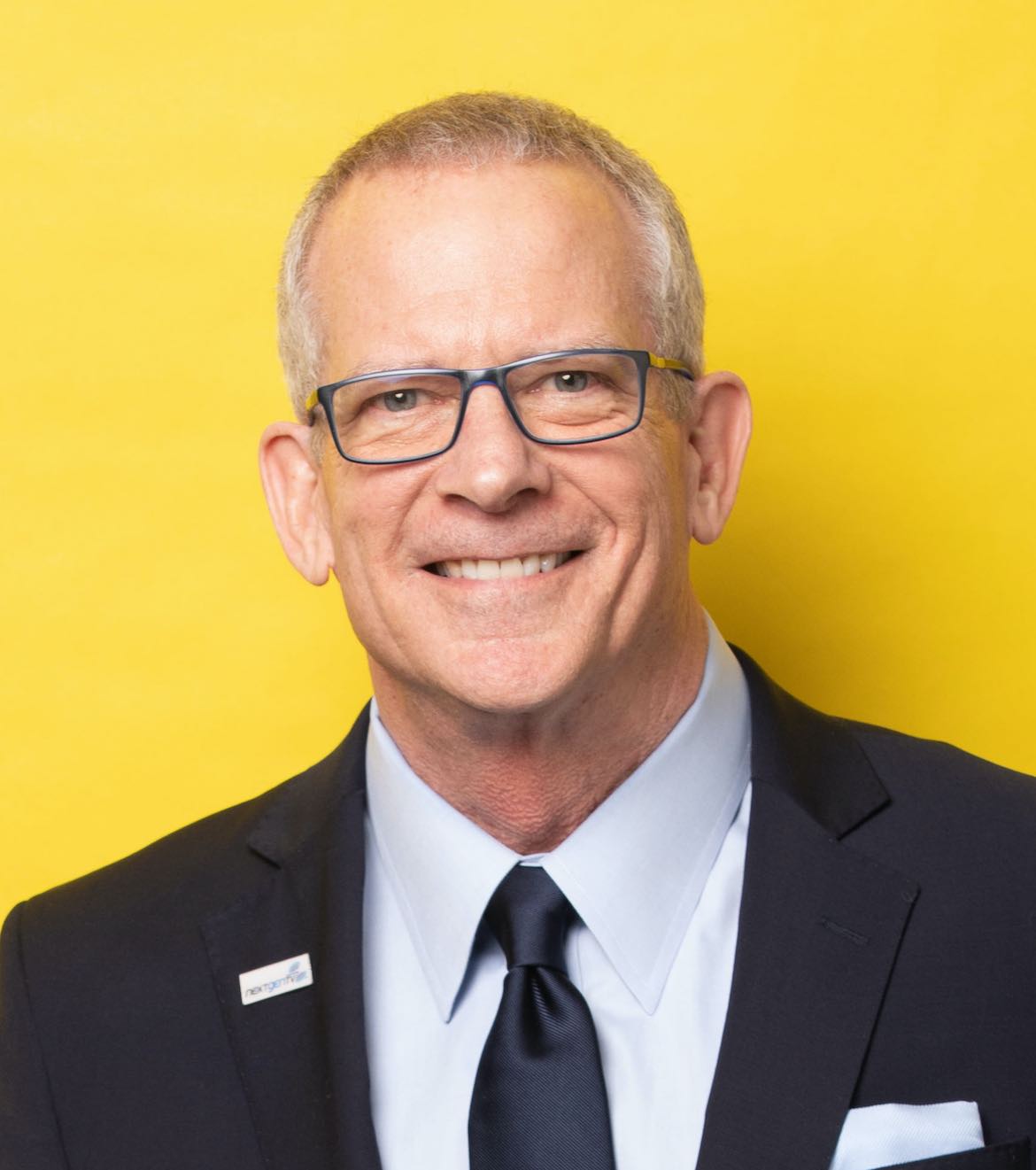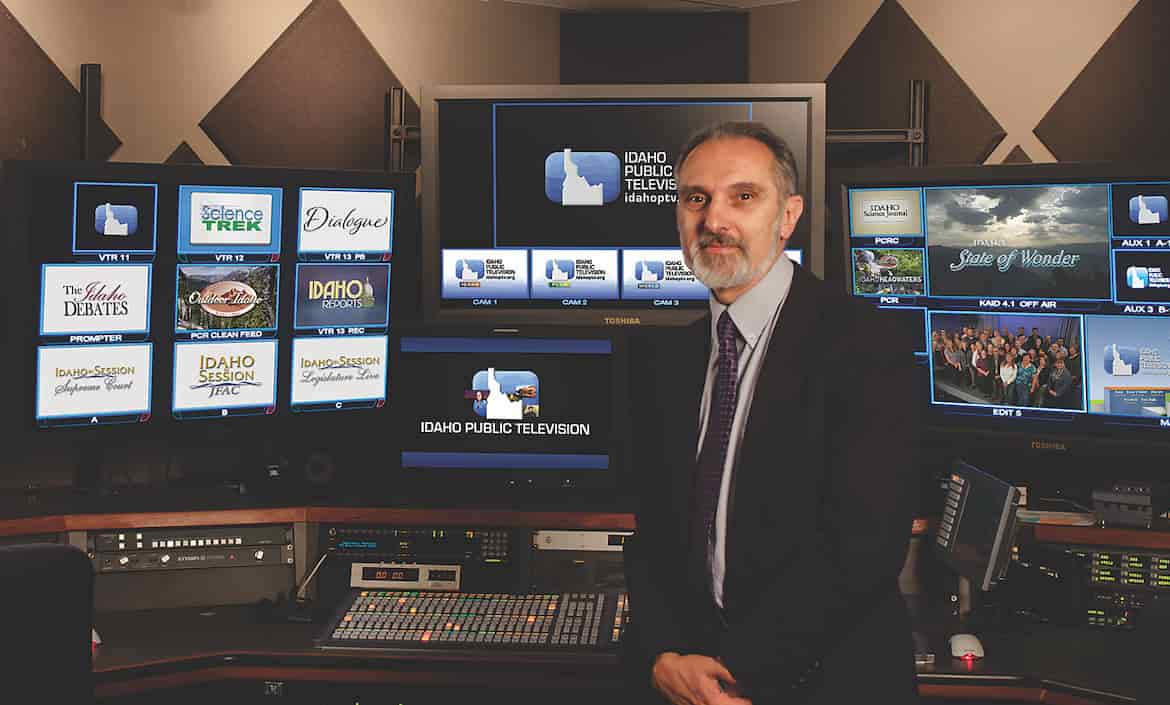John Lawson joins Public Media Venture Group to advocate for Next Gen TV

Lawson
The Public Media Venture Group, the business consortium of 31 public broadcasters seeking new service and revenue opportunities, is adding an advocacy voice in Washington with a new collaboration with former public TV leader John Lawson.

Lawson, who led APTS (then known as the Association of Public Television Stations) from 2001 to 2008, is now president of Convergence Services Inc., which will advise PMVG on issues related to what Lawson calls “techno-political strategy.”
“If you did a Venn diagram, you’d have one circle for technology, one for business and one for policy,” Lawson said. “Right in that little area where all three intersect is where I think the biggest opportunity for public broadcasting sits.”
Conversations between PMVG and Lawson began several months ago, said PMVG CEO Marc Hand. But an official partnership came together in earnest more recently, as PMVG’s members and other public TV stations began to focus on providing education services with the COVID-19 pandemic closing schools and keeping students at home.
Hand said that presented public TV stations with both an opportunity to provide a useful service and an urgent need for a voice in Washington to advocate for funding to cover those new expenses.
The federal coronavirus relief bill in March provided $13.5 billion for education, including the kind of remote learning that Lawson and Hand said is an ideal use of the new ATSC 3.0 transmission system now being rolled out in some markets.
“We know remote learning is going to be a reality for a very long time,” Lawson said. “Stations are already playing an important role, but how do you structure it so that stations can be reimbursed for their cost, so it can be a sustainable service?”
For PMVG, which is based in Boulder, Colo., with Hand working from the San Francisco Bay Area, adding Lawson’s voice in Washington will be important, especially as the ATSC 3.0 conversion begins to build steam, Hand said.
“It gives us a much better ability to coordinate all of these pieces and serve as a communications conduit, coming through us to all of the stations so that we can help align all those pieces in a way that is as productive as possible for not only the Venture Group stations but all of the public stations overall,” he said.
‘Tremendous synergies’
While tapping into funding for remote learning will be an early priority for Lawson’s work with PMVG, he and Hand are eager to collaborate on advocacy for other ATSC 3.0 functions as well.
Hand said Lawson’s other recent work makes him a perfect fit for that effort. Through CSI, Lawson heads the Advanced Warning and Response Network Alliance, which hopes to use ATSC 3.0 as a platform to distribute emergency alerts.
“There are tremendous synergies between AWARN and PMVG,” Lawson said. “We have a pretty broad base in our coalition of commercial and public broadcasters already. We have consumer electronics companies and trade associations, and we think we can bring a lot of what we’ve learned to our work for PMVG. And PMVG can actually lead the broadcast industry in deploying advanced alerting and information, with the right support.”
Digital TV was still in its infancy when Lawson led APTS, but even then, he said, “I was intrigued by the idea of aggregating public TV spectrum for a national footprint to deliver digital services, but I also knew that the corporate and legal structure did not exist to do that effectively.”
Now that PMVG has assembled that structure, Lawson said, there are many more opportunities he’s eager to help explore. In addition to emergency alerting, Lawson said, he hopes to involve public TV stations in a CSI pilot program, now underway in the Washington, D.C., market, to deliver additional interactive news content over ATSC 3.0.
“We have public stations that produce news now, and they will be in a position to reach their communities in new ways,” Lawson said. “But even stations that don’t produce news will be in a position to benefit, because we’re working on cloud-based services that will allow stations to deliver highly localized content.”
Even public radio could benefit from ATSC 3.0 development. “If we’re successful, 3.0 tuners will be in all sorts of devices, from tuners to smartphones to connected cars to the Internet of Things,” Lawson said. “And if public radio is distributed through 3.0, then potentially it could reach millions more consumers at any given time. I believe there’s a big opportunity for NPR in particular to be part of the advanced emergency news and information framework we are developing.”
Lawson and Hand say they’re looking forward to working in tandem with existing Washington advocacy groups, including APTS. As the FCC continues to work through rulemaking proceedings for data distribution over ATSC 3.0, for instance, Hand said PMVG and CSI planned to work through their Washington lawyers to coordinate their comments with APTS and PBS “so that we’re aligned and are ideally coming in with a complementary comment.”
Some of their specific plans will shift depending on who controls Washington after November’s elections, Lawson said.
“It’s clear that America has a major rebuilding agenda ahead of it,” he said. “Especially if the party control changes in the White House and especially the Senate, we will see some major outlays in a wide area of services and infrastructure. Public media, to be successful, has always had to look at market forces, but beyond the market to public support. We think there will be several opportunities in the year ahead to match up what stations can do with Next Gen TV with solving some of the challenges in front of us as a country.”






